Navigating the Future: 2025 Market Insights for Best Precision Machining with Essential Strategies Revealed
In the rapidly evolving landscape of manufacturing, precision machining stands out as a cornerstone of innovation and efficiency. According to a report by MarketsandMarkets, the global precision machining market is expected to reach $143.51 billion by 2025, growing at a CAGR of 7.89%. This growth is driven by the increasing demand for high-quality components in industries such as automotive, aerospace, and medical. As we navigate the challenges presented by a dynamic marketplace, it becomes imperative for companies to adopt strategic approaches that leverage advanced technologies and optimize production processes.
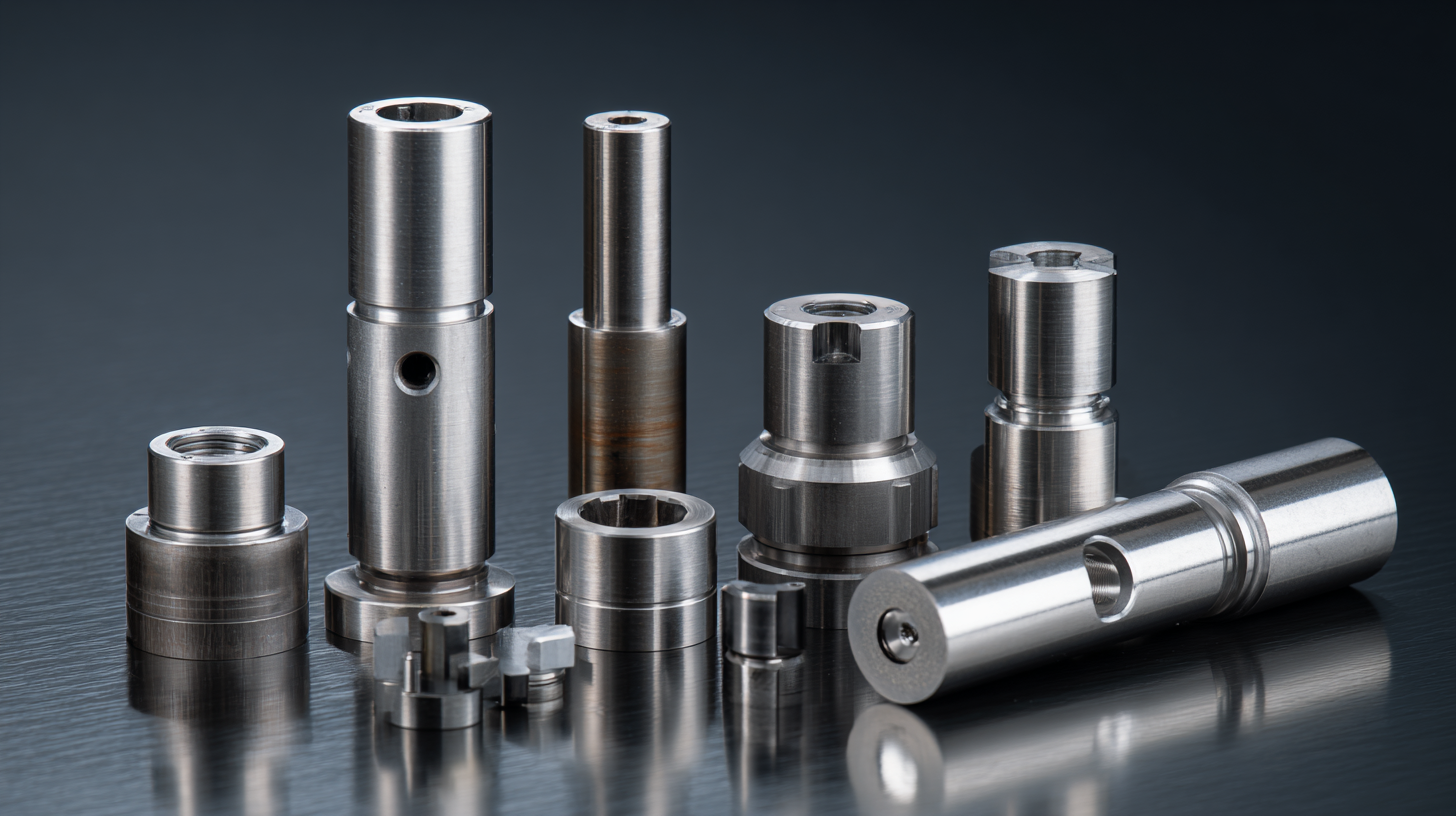
In this blog, we will explore essential strategies that can help manufacturers not only keep pace with market trends but also establish a competitive edge in precision machining for 2025 and beyond.
Key Trends Shaping the Precision Machining Market by 2025
As we move toward 2025, the precision machining market is poised for significant transformation driven by emerging trends and technological advancements. A notable highlight is the projected growth of the global CNC machine market, which is expected to expand from $101.22 billion in 2025 to $195.59 billion by 2032, showcasing a compound annual growth rate (CAGR) of 9.9%. This rapid expansion reflects the increasing demand for high-precision manufacturing processes across various industries, including aerospace, automotive, and medical devices.
Key trends shaping this dynamic landscape include the integration of automation and smart manufacturing technologies. Companies are increasingly adopting advanced CNC machining systems that leverage artificial intelligence and the Internet of Things (IoT). These innovations not only enhance production efficiency and accuracy but also facilitate predictive maintenance, reducing downtime and operational costs. Furthermore, sustainability has emerged as a crucial focus, with manufacturers investing in eco-friendly practices and materials to meet regulatory demands and market expectations. As we delve deeper into 2025, these trends will likely redefine the precision machining sector, offering new opportunities for businesses that are prepared to adapt and innovate.
Navigating the Future: 2025 Market Insights for Best Precision Machining
This bar chart illustrates the projected growth rate of the precision machining market from 2021 to 2025. As indicated, the market is expected to experience a steady increase, reaching a growth rate of 10% by 2025, driven by advancements in technology and increasing demand across various industries.
Emerging Technologies Transforming Precision Machining Practices
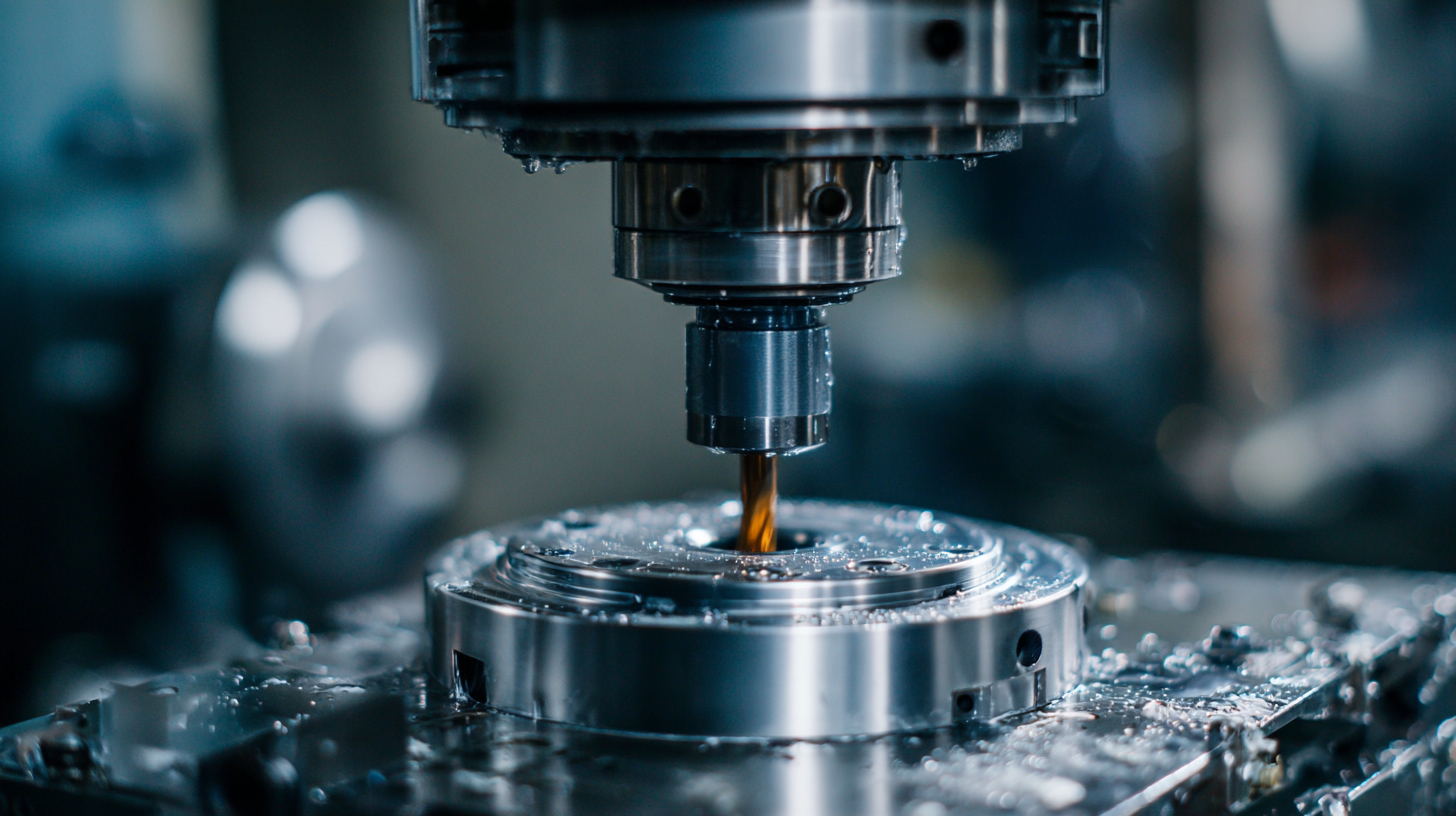 The landscape of precision machining is undergoing a remarkable transformation, driven by emerging technologies that promise to redefine industry practices. Advanced tools such as computer numerical control (CNC) machines and additive manufacturing are enhancing precision and efficiency, allowing manufacturers to produce complex parts with unparalleled accuracy. These technologies not only improve productivity but also reduce waste, making precision machining practices more sustainable.
The landscape of precision machining is undergoing a remarkable transformation, driven by emerging technologies that promise to redefine industry practices. Advanced tools such as computer numerical control (CNC) machines and additive manufacturing are enhancing precision and efficiency, allowing manufacturers to produce complex parts with unparalleled accuracy. These technologies not only improve productivity but also reduce waste, making precision machining practices more sustainable.
Furthermore, the integration of artificial intelligence (AI) and machine learning into machining processes is paving the way for smarter manufacturing environments. AI algorithms can analyze vast amounts of data in real-time, enabling predictive maintenance and minimizing downtime. This shift towards data-driven decision-making empowers manufacturers to optimize their processes, enhance product quality, and respond swiftly to market demands. As the industry looks towards 2025, embracing these emerging technologies will be crucial for companies aiming to maintain a competitive edge in the market.
Essential Strategies for Staying Competitive in Precision Machining
The precision machining industry is poised for significant transformation by 2025, driven by advancements in technology and evolving customer demands. Staying competitive in this dynamic environment requires the implementation of essential strategies. According to a report by Grand View Research, the global precision machining market is expected to reach $273.6 billion by 2025, growing at a CAGR of 7.5%. This growth is largely attributed to the increasing complexity of components required in aerospace and medical sectors, necessitating more sophisticated machining techniques.
To navigate this evolving landscape, companies must adopt advanced machining technologies such as CNC machining and additive manufacturing. A study by Markets and Markets indicates that the CNC machining segment alone is anticipated to grow significantly, with an expected market value of $75 billion by 2026. Additionally, investing in employee training and development plays a crucial role in enhancing production capabilities and maintaining quality standards. Emphasizing continuous improvement through data analytics and automation can further streamline operations, reduce waste, and drive competitive advantage. By proactively embracing these strategies, businesses can not only adapt to market changes but also position themselves as leaders in the precision machining sector.
Navigating the Future: 2025 Market Insights for Best Precision Machining with Essential Strategies Revealed
| Machining Technology | Market Share (%) | Growth Rate (%) | Key Strategies |
|---|---|---|---|
| CNC Machining | 30 | 6.5 | Automation, Advanced Software |
| Additive Manufacturing | 15 | 10.3 | Material Innovation, Customization |
| Laser Cutting | 20 | 8.0 | Quality Control, Speed Enhancements |
| Electrical Discharge Machining (EDM) | 10 | 5.0 | Precision Techniques, Training |
| Injection Molding | 25 | 7.2 | Process Optimization, Sustainable Practices |
Sustainability Practices in Precision Machining: Future Imperatives
As precision machining continues to evolve, sustainability practices are becoming imperative for manufacturers aiming to stay competitive in 2025 and beyond. Adopting a sustainable approach not only reduces environmental impact but also promotes efficiency and cost-effectiveness. Companies need to begin incorporating green technologies and renewable resources into their production processes. By prioritizing eco-friendly materials and energy-efficient machinery, organizations can significantly minimize waste and carbon footprints.
Tip: Implement regular audits to identify areas where energy consumption can be reduced. Simple changes, such as optimizing machine usage schedules or switching to LED lighting, can lead to substantial savings over time.
In addition to technological improvements, fostering a culture of sustainability among employees is crucial. Providing training and resources on best practices encourages team members to contribute to greener initiatives. Engaging your workforce not only enhances their commitment to sustainability but can also inspire innovative ideas that further reduce environmental impact.
Tip: Establish a rewards program for teams that successfully implement sustainable practices. Recognizing and incentivizing these efforts can boost morale and reinforce the importance of eco-consciousness within the company.
Market Opportunities and Challenges for Precision Machining Firms in 2025
Precision machining is expected to witness significant growth in 2025, driven by advancements in technology and increasing demand across various sectors. According to a report by MarketsandMarkets, the global precision machining market is projected to reach $79.1 billion by 2025, growing at a CAGR of 5.2% from 2020. This upward trend is largely attributed to the rising automation in manufacturing processes, requiring precision components for enhanced efficiency and reduced operational costs.
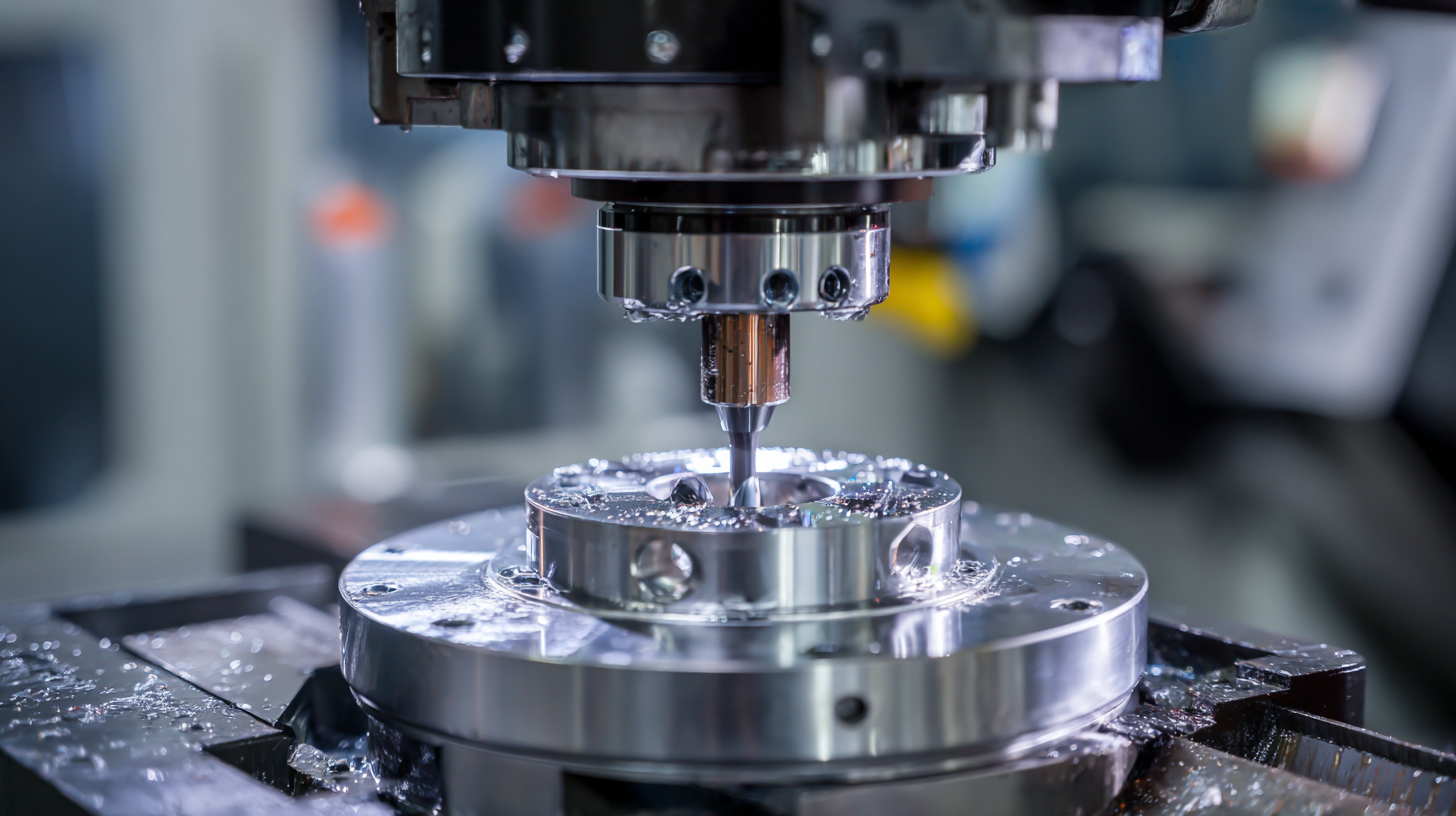
However, navigating this market comes with its own set of challenges. A survey by Deloitte highlights that 61% of precision machining firms face difficulties in attracting skilled labor, which is a critical factor for maintaining quality and innovation. Additionally, companies need to adapt to the ever-evolving requirements of industries such as aerospace and medical devices, which demand high precision and compliance with stringent regulations. Firms that can strategically implement workforce development initiatives and technological advancements will position themselves to seize the lucrative opportunities within the evolving landscape of precision machining in 2025.
Let's Build Together

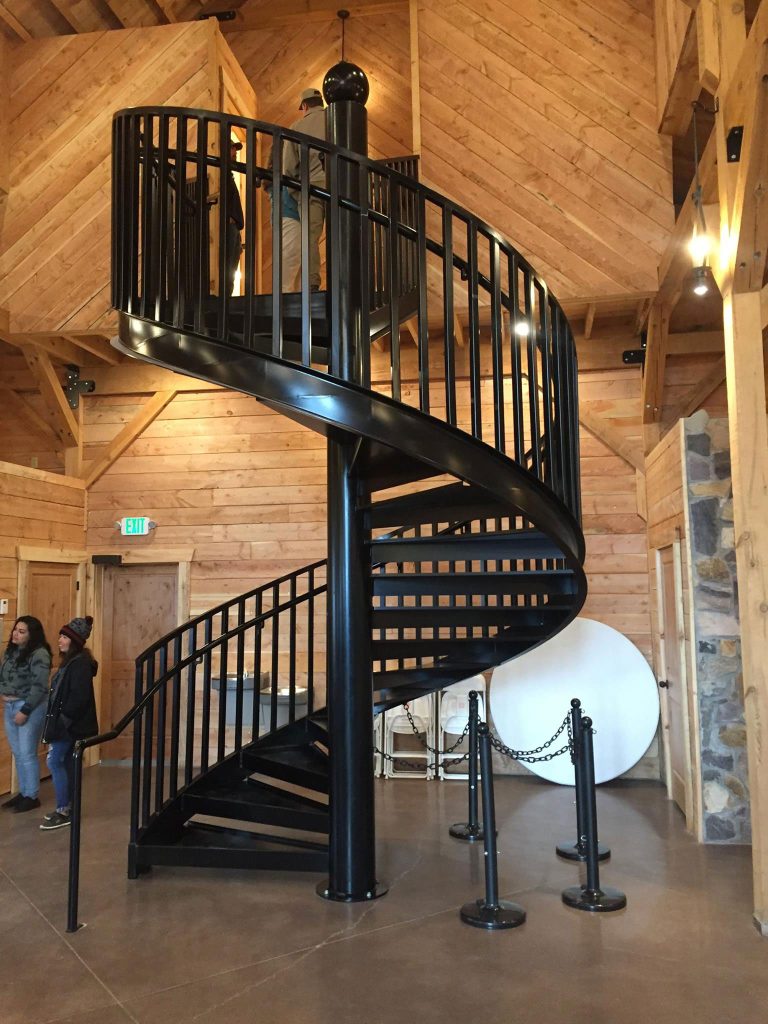

Contact Us: Call 435-563-3503
-OR- Fill in the form below and we will call you back.
